(NLDO) - A unique "dead treasure" has revealed the Kangju state, a little-known polity that ruled for 900 years in the area that is now Kazakhstan.
According to Live Science, a research team from Ozbekali Zhanibekov University (Kazakhstan) and local archaeology agency discovered 3 ancient burial mounds in Ordabasinsky district of Turkistan - Kazakhstan. One of the 3 graves contained unexpected treasure.
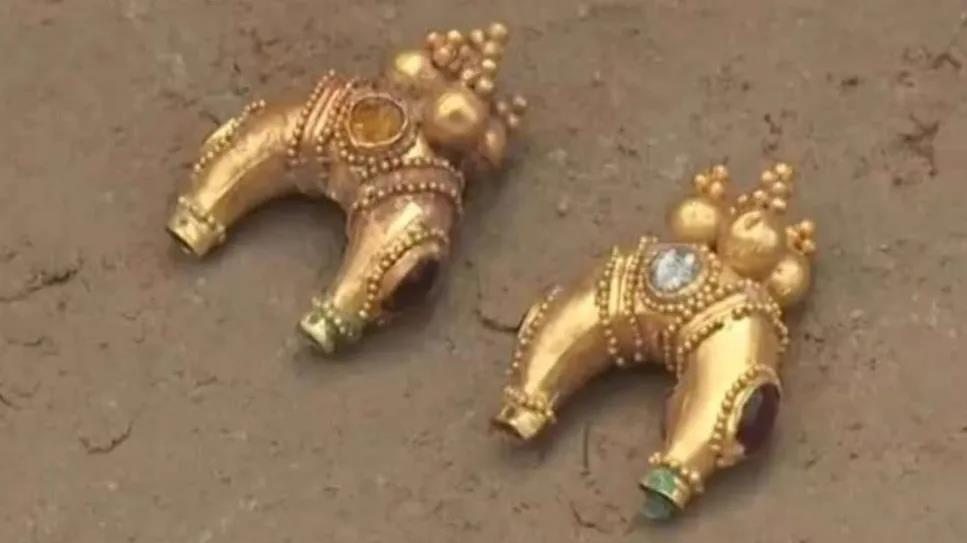
A pair of gold earrings, just excavated from a 2,000-year-old burial mound, still shining despite not being restored - Photo: TURKISTAN REGIONAL GOVERNMENT
While two of the burial mounds were looted, the third was mysteriously intact.
Archaeologists found in this tomb countless valuable artifacts such as a Chinese bronze mirror, a Roman-style brooch called a fibula, large and small beads, ceramic vases, shoes, a belt buckle, an arrowhead...
Also, the most special is a pair of large gold earrings that are extremely delicately crafted.
They are made of a multi-colored gold alloy called "polychrome gold," set with turquoise and rubies, and are crescent-shaped to represent the Moon, with decorations below representing bunches of grapes and designed to reflect sunlight.
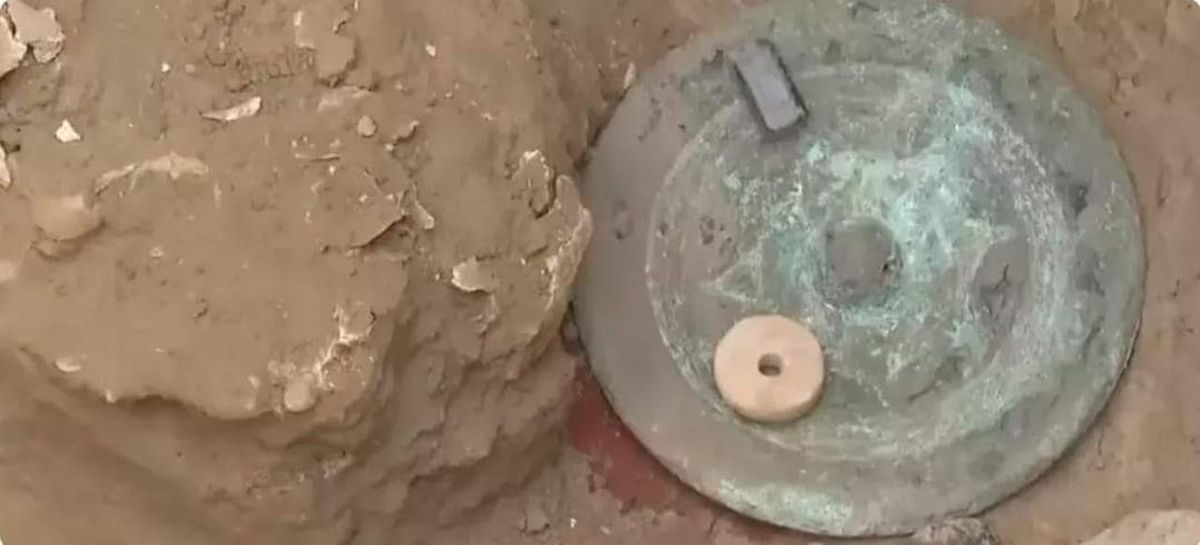
The bronze mirror, when it was first taken out of the tomb, had rusted over time - Photo: TURKISTAN REGIONAL GOVERNMENT
This discovery is not only a valuable treasure, it also contains historical data that scientists have long been searching for.
These burial mounds are of noble figures from the Kangju state, a unique empire and culture that dominated the area from the 5th century BC to the 4th century AD.
However, documents about Kangju are very rare. The lives of the people of this empire remain shrouded in mystery.
Thus, aristocratic burial objects play an important role in helping modern people reimagine their societies.
According to a statement from local authorities, the treasure in this tomb built around the 1st century AD shows the highly developed handicraft industry of the area.
In addition, imported precious objects also show that Kangju traded with ancient Rome, ancient China, and the Kushan Empire further south.
This was due to the location of the capital city of Kangju right on the great "Silk Road" that connected China to the Mediterranean.
The person buried in the tomb is believed to be a noblewoman from Kangju. In addition to the exquisite gold earrings, the bronze mirror in the tomb is also a valuable item.
From its shape – circular, with an eight-sided dome design on the back and a hole in the middle for threading – the bronze mirror appears to have originated during China's Han Dynasty (206 BC to 220 AD).
Such items were highly prized across Eurasia. Similar mirrors have been found in Afghanistan and the southern Ural Mountains, and were only available to the very wealthy.
Source: https://nld.com.vn/phat-hien-kho-bau-2000-tuoi-tu-nen-van-hoa-bi-an-o-trung-a-196240602082336606.htm


![[Photo] Students of Binh Minh Primary School enjoy the full moon festival, receiving the joys of childhood](https://vphoto.vietnam.vn/thumb/1200x675/vietnam/resource/IMAGE/2025/10/3/8cf8abef22fe4471be400a818912cb85)




![[Photo] Prime Minister Pham Minh Chinh chairs meeting to deploy overcoming consequences of storm No. 10](https://vphoto.vietnam.vn/thumb/1200x675/vietnam/resource/IMAGE/2025/10/3/544f420dcc844463898fcbef46247d16)


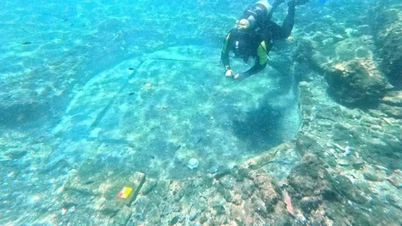

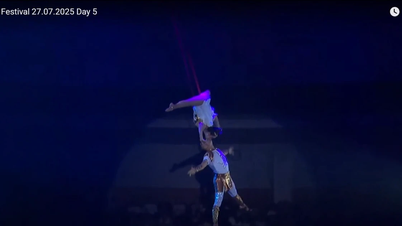
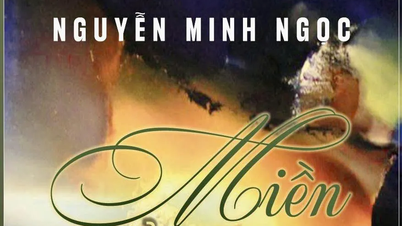

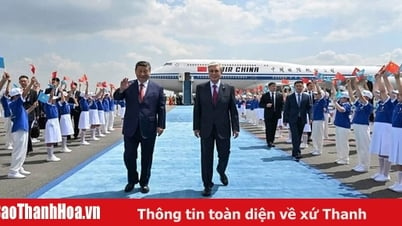

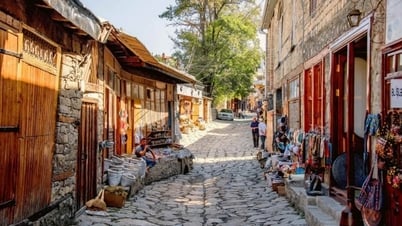

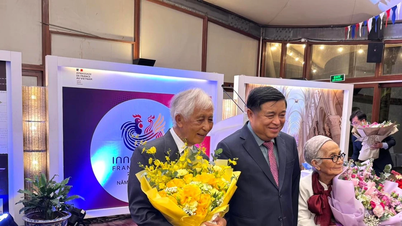



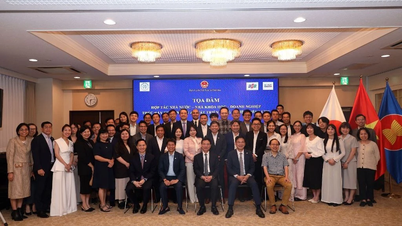











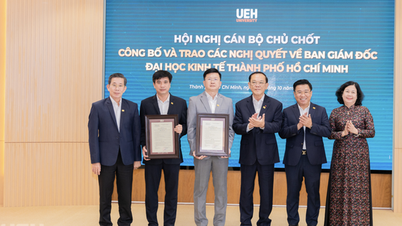

















































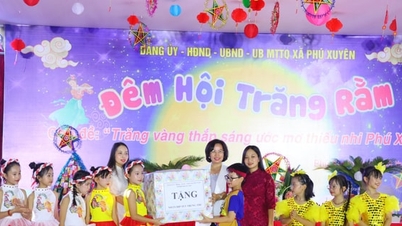

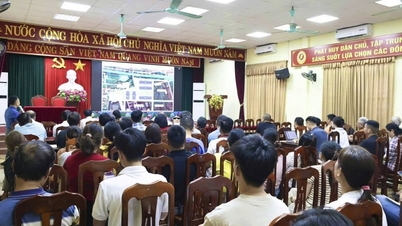

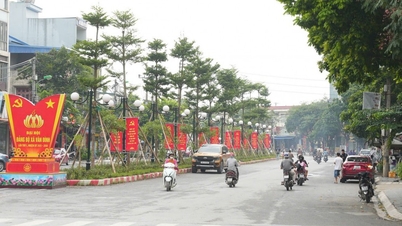
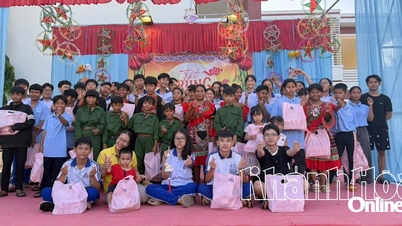

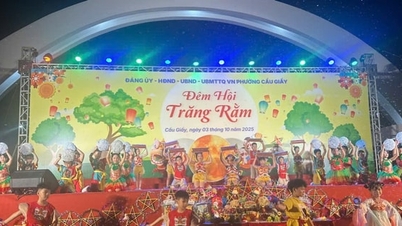
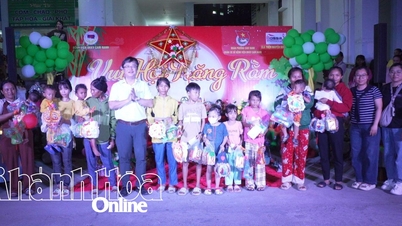












Comment (0)